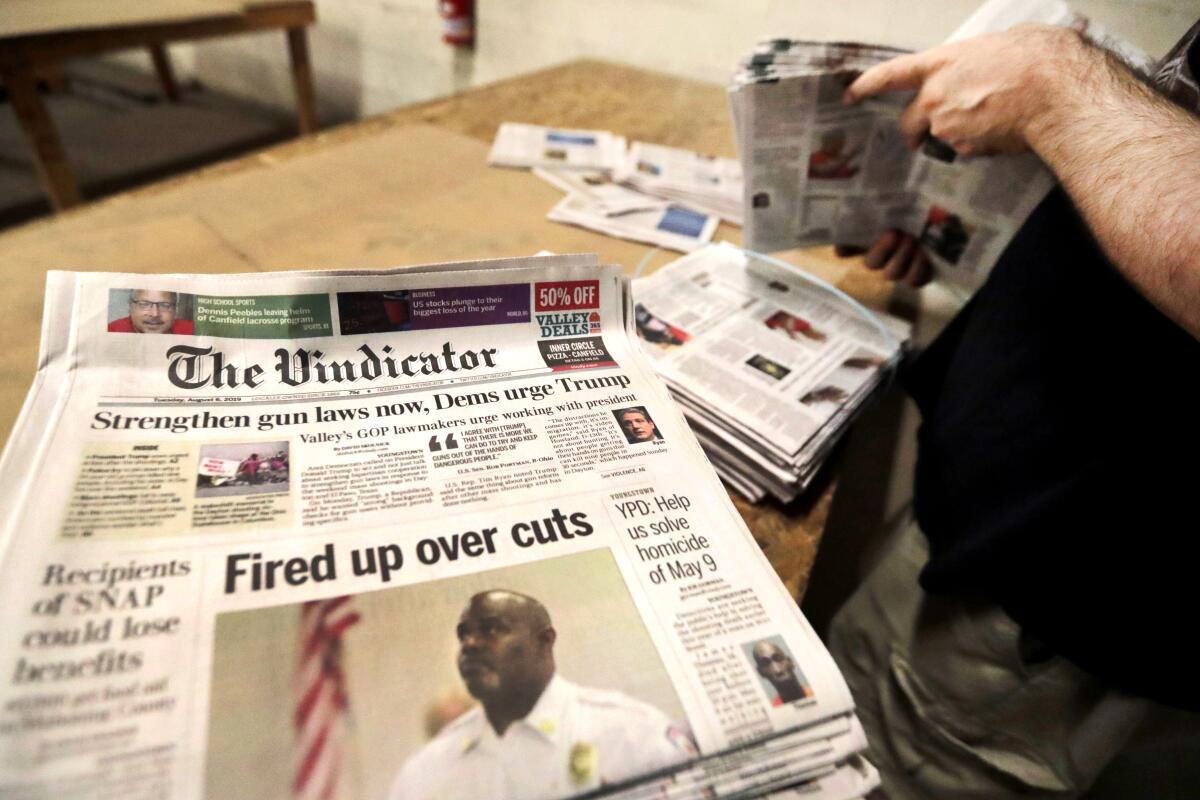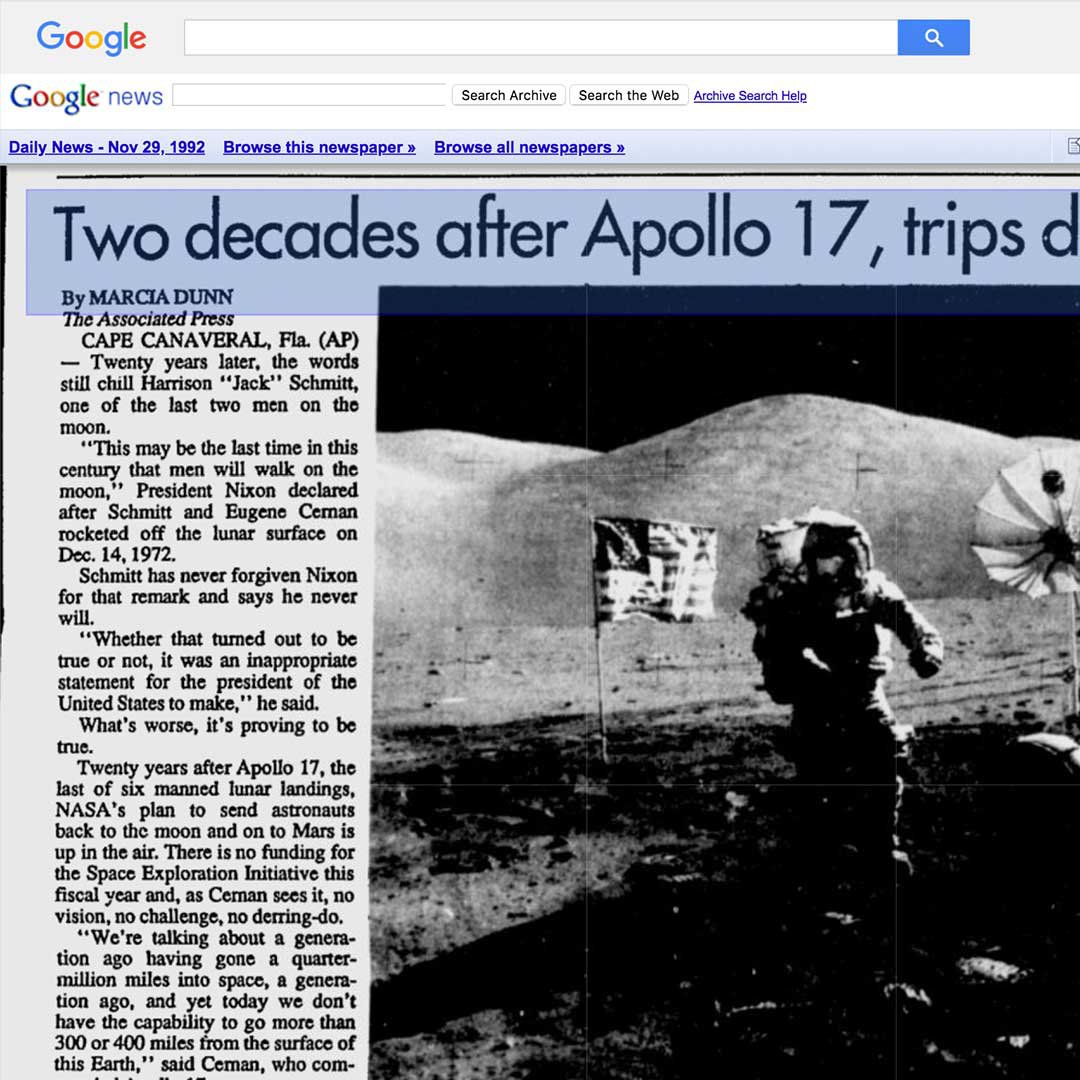The Ultimate Guide To News Articles
The Ultimate Guide To News Articles
Blog Article
8 Simple Techniques For News Articles
Table of ContentsAll About News ArticlesFacts About News Articles Uncovered6 Simple Techniques For News ArticlesNews Articles Things To Know Before You Get ThisThe News Articles PDFs
Excellent knowledge of different subjects offers pupils an one-upmanship over their peers. Although electronic and social media are conveniently accessible, we need to not neglect just how essential it is to read the papers. Moms and dads should try and instill the behavior of reviewing a newspaper as a day-to-day regimen to proceed the legacy of the revered print medium.News stories likewise have at the very least one of the adhering to important features loved one to the designated audience: proximity, importance, timeliness, human passion, oddity, or effect.
Within these restrictions, information stories additionally aim to be detailed. Amongst the bigger and a lot more revered papers, fairness and equilibrium is a significant element in offering details.
Newspapers with a global target market, for instance, have a tendency to make use of a much more official style of creating. News Articles.; common design overviews consist of the and the United States Information Style Publication.
4 Easy Facts About News Articles Described
As a policy, journalists will certainly not use a long word when a short one will do. News authors try to prevent utilizing the exact same word extra than as soon as in a paragraph (occasionally called an "echo" or "word mirror").
Nonetheless, headlines often omit the topic (e.g., "Jumps From Boat, Catches in Wheel") or verb (e.g., "Feline woman lucky"). A subhead (also subhed, sub-headline, subheading, caption, deck or dek) can be either a subordinate title under the major heading, or the heading of a subsection of the post. It is a heading that comes before the primary message, or a group of paragraphs of the main message.

Additional billboards of any of these kinds may show up later in the write-up (particularly on subsequent web pages) to attract more reading. Such signboards are also made use of as guidelines to the article in various other areas of the publication or website, or as ads for the item in other magazine or websites. Regular framework with title, lead paragraph (summary in vibrant), other paragraphs (information) and call details.

Instance of a hard-lead paragraph NASA is proposing one more room task. The company's budget plan request, revealed today, consisted of a strategy to send out one more goal to the Moon. This time the firm wants to develop a long-lasting center as a jumping-off point for other room journeys. The budget plan demands approximately $10 billion for the job.
The NASA news came as the agency requested $10 billion of appropriations for the task. An "off-lead" is the 2nd crucial front page information of the day. The off-lead appears either in the leading left corner, or straight below the lead on the right. To "hide the lead" is to begin the write-up with history info or details of additional relevance to the readers, forcing them to learn more deeply into a post than they should need to in order to uncover the necessary factors.
Some Ideas on News Articles You Should Know
Typical use is that or 2 sentences each form their own paragraph. Journalists typically explain the organization or look at this now structure of a newspaper article as an inverted pyramid. The necessary and most intriguing aspects of a tale are put at the beginning, with supporting information following in order of diminishing significance.
It allows people to discover a subject article source to just the deepness that their curiosity takes them, and without the imposition of information or subtleties that they might think about unimportant, however still making that information available to more interested readers. The upside down pyramid structure also enables articles to be cut to any type of arbitrary length throughout design, to fit in the room readily available.
Some authors start their tales with the "1-2-3 lead", yet there are lots of type of lead available. This layout inevitably starts with a "5 Ws" opening paragraph (as explained above), followed by an indirect quote that offers to support a significant component of the initial paragraph, and afterwards a straight quote to sustain the indirect quote. [] A kicker can refer to several things: The last story current program; a "delighted" story to finish the program.
Longer posts, such as publication cover posts and the pieces that lead the inside areas of a newspaper, are called. Function tales vary from straight information in a number of methods. Foremost is the lack of a straight-news lead, a lot useful site of the moment. Rather than providing the significance of a story up front, feature authors may attempt to lure viewers in.
The 45-Second Trick For News Articles
A function's first paragraphs often associate a fascinating minute or event, as in an "unscientific lead". From the details of a person or episode, its view rapidly broadens to generalizations concerning the story's topic.

The Editor's Toolbox: A Recommendation Overview for Beginners and Professionals (2001) Allan M. Siegal and William G. Connolly. The New York City Times Handbook of Style and Usage: The Official Design Guide Utilized by the Writers and Editors of the World's Most Authoritative Newspaper (2002) M. L. Stein, Susan Paterno, and R.
Report this page